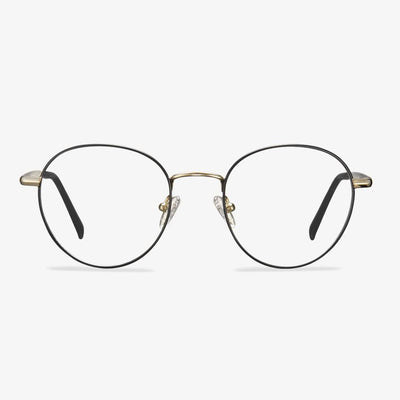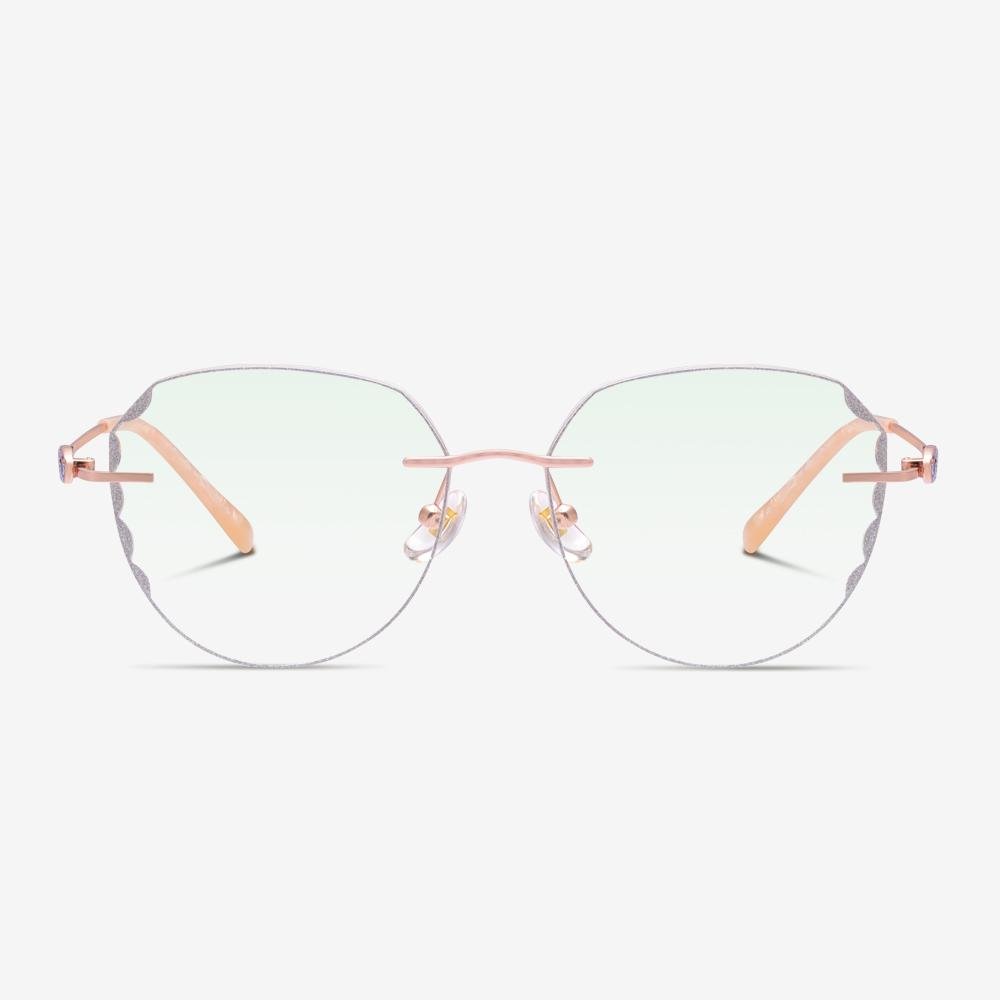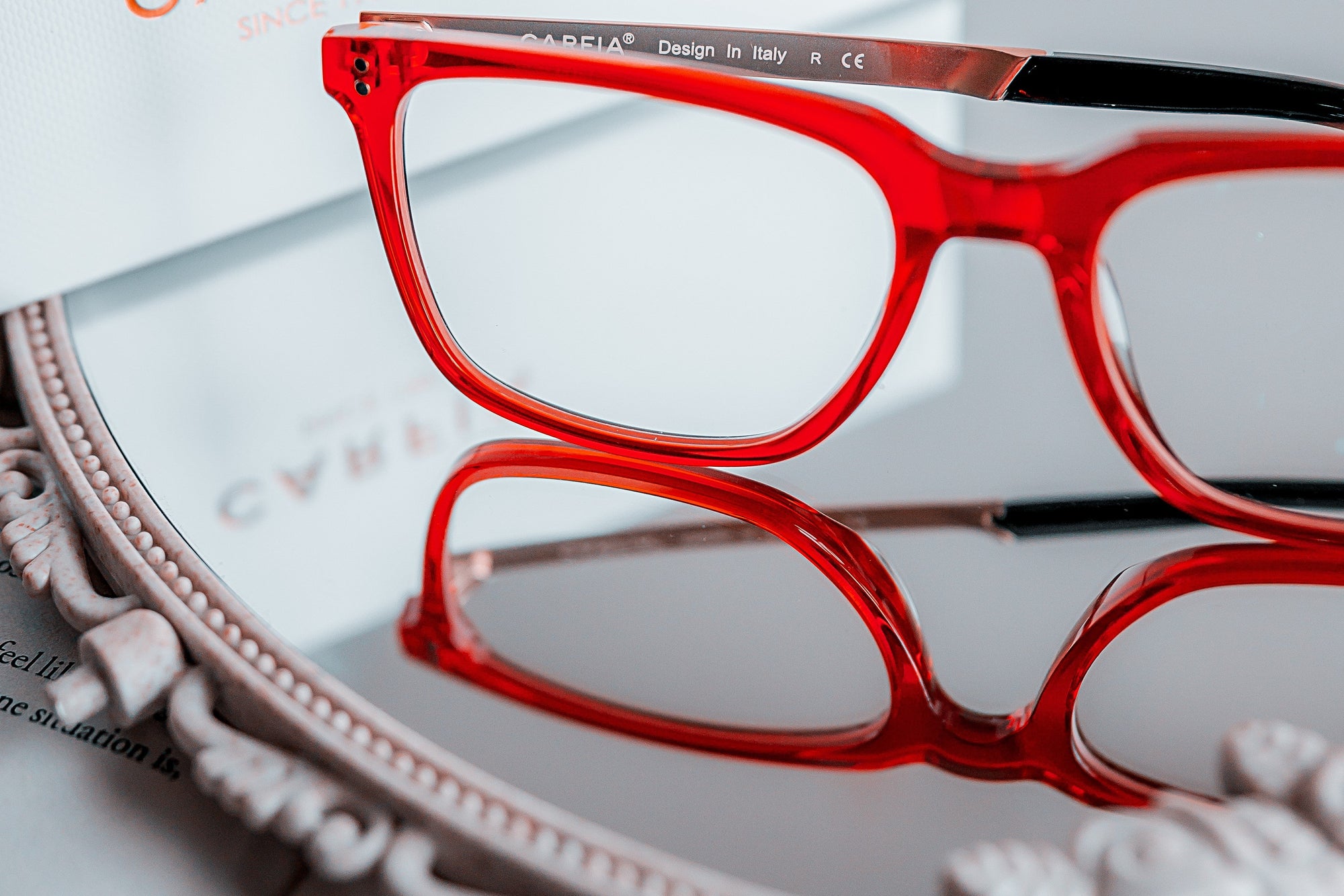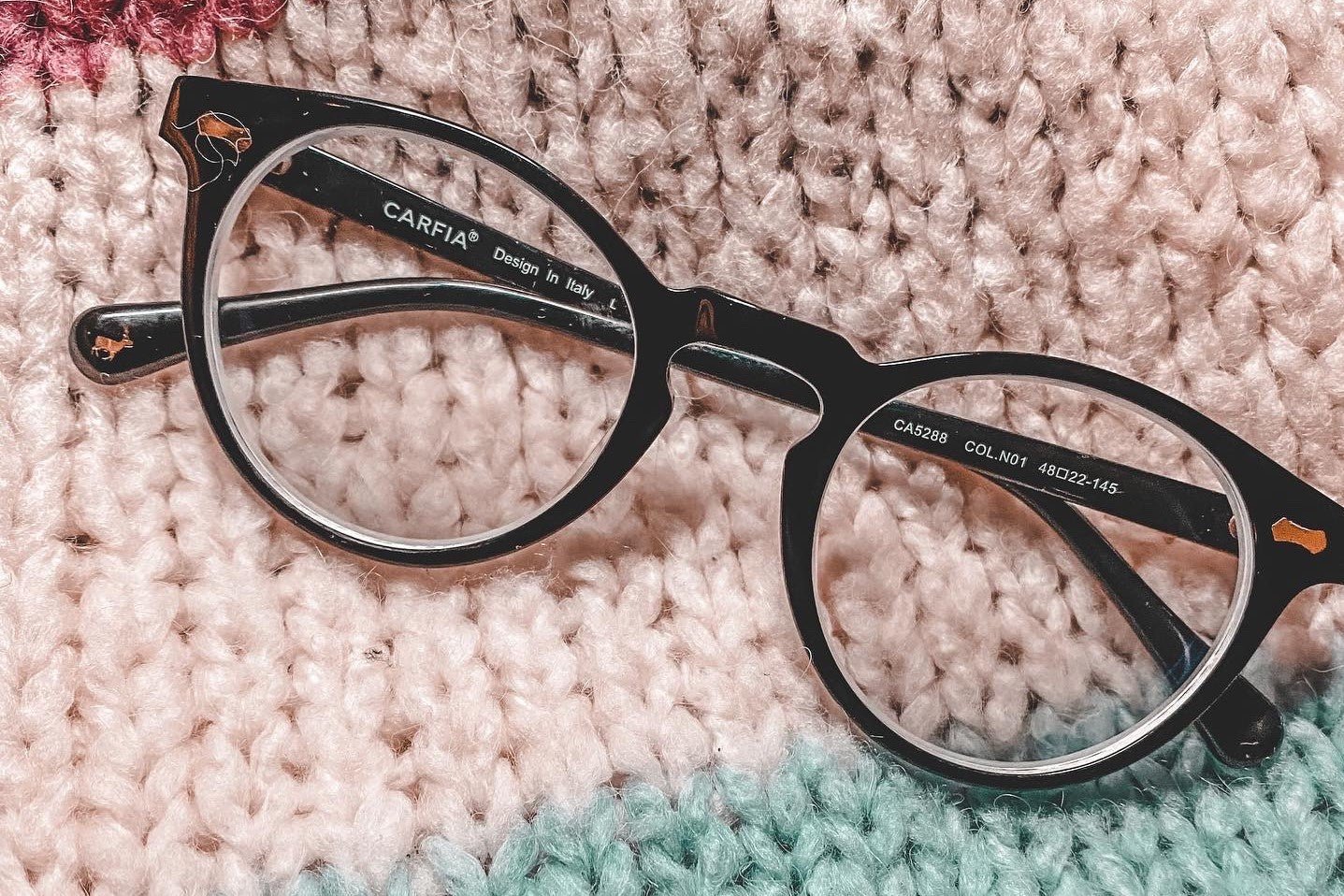The origin of modern eyeglasses
The origins of modern glasses can be traced back more than 1,000 years. In the Middle Ages, the reading stones used by monks were glass spheres, sometimes filled with water and placed on objects to magnify them.Glassblowers in Italy created reading stones, similar to modern hand-held magnifying glasses. The reading stone can be placed on the wearer's nose or in front of the face. Later, Spanish craftsmen built the first cobra-framed temple in the 17th century. They tie ribbons or strings to the frames and tie them around the user's ear.
In the 18th century, Edward Scarlett created the first wearable glasses, providing more comfort for eyewear wearers. These early glasses had glass lenses embedded in heavy frames made of wood, lead, or copper. Natural materials of leather, bone, and horn were later used to make the frames. In the early seventeenth century, lighter steel frames were invented. As eyewear continued to evolve and prescription accuracy improved, the trend for eyewear to become more fashionable began. In the 18th century, bifocal lenses appeared, making it possible to correct upper myopia and lower presbyopia. Later glasses were designed to be fixed by a ribbon or by applying pressure to the bridge of the nose. In the 1980s, plastic lenses were introduced, providing a more durable alternative to glass lenses. Ultimately, the glasses used today are the result of centuries of technological and intellectual advances.
ZenniOptical
ZenniOptical is a leading online retailer of prescription eyewear in the United States, headquartered in Novato, California, to bring you the best designer eyewear at a lower price. Its products use high-quality raw materials and use good production technology, with high quality, which has been loved by many consumers.ZenniOptical does not have middlemen or a large advertising budget, so the sales cost of products is greatly reduced and consumers get greater benefits.
Compared with single vision glasses, bifocals are multi-focal glasses.
Compared with single vision glasses, bifocal glasses, trifocal glasses belong to multi-focus glasses, and the types of trifocal glasses are diverse. When choosing the optical properties of a trifocal lens, it can be thought that the lens is made up of three different lenses: the main lens, the distal optic regions, two appendages. One for the distance and one for the proximal area.
Glasses are tools for correcting vision.
The basic function of optical glasses is to correct vision. Accurate correction of vision is an effective tool to control the further increase in degrees. If the difference of binocular degrees is great, correct vision can not only improve stereo vision but reduce the burden of a single eye. They help correct myopia, farsightedness, astigmatism, improve visual function, to see more clearly. Let you get a clearer vision and visual experience.
The frame needs to match the face shape.
Based on the basic principle of modifying the face shape, avoid wearing frames that are too similar to your face shape as far as possible, so as not to cause the lines of the face to be overly emphasized. The combination of the glasses and the face shape determines whether the glasses are suitable for you or not. Usually, we use the shape of the glasses to modify the shortcomings of the face shape. For example, for a man with a square face, round glasses are more suitable.
Do clear frames make you look older?
Men wearing clear frame glasses don't look old if the choice suits their own frame is good. Although it is often said that round faces are better for angular frames, while a solid face is better for rounded frames. But you can't generalize about face shape and frame. The best way is to go to the store to pick up the style of the frame to try on. Make comparisons before making a decision. The clear glasses frame style is very unique, if you like, you can try.
Pay attention to the wearing of myopia sunglasses when driving.
Some drivers are slightly myopic, usually driving without wearing a myopic mirror. There is no problem. But once you wear sunglasses, the problem comes: your eyes are more likely to tire and your vision will decline, just as your driving vision will be affected at night. Therefore, for the driver of slight myopia, there is no problem in usually driving, but if you want to wear sunglasses, you must be equipped with the lens of myopia degrees.










































